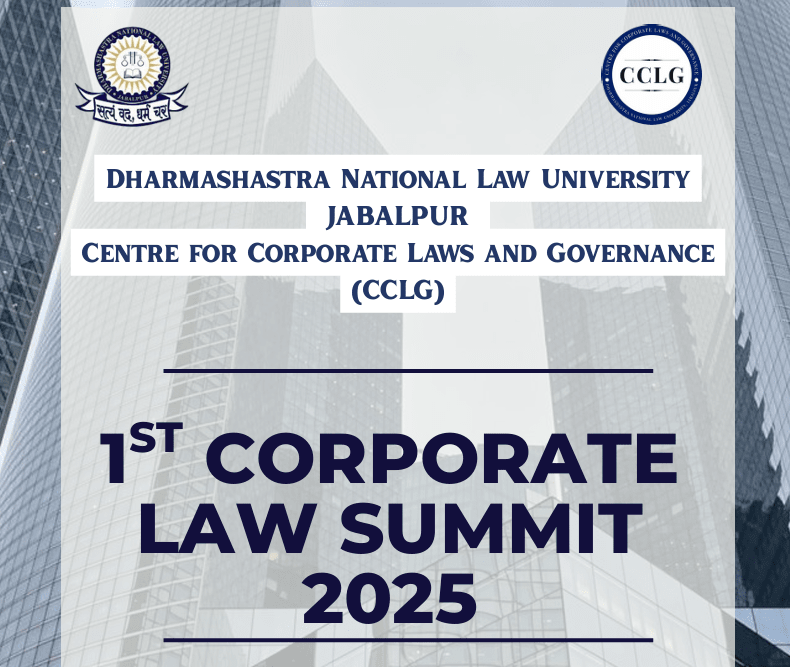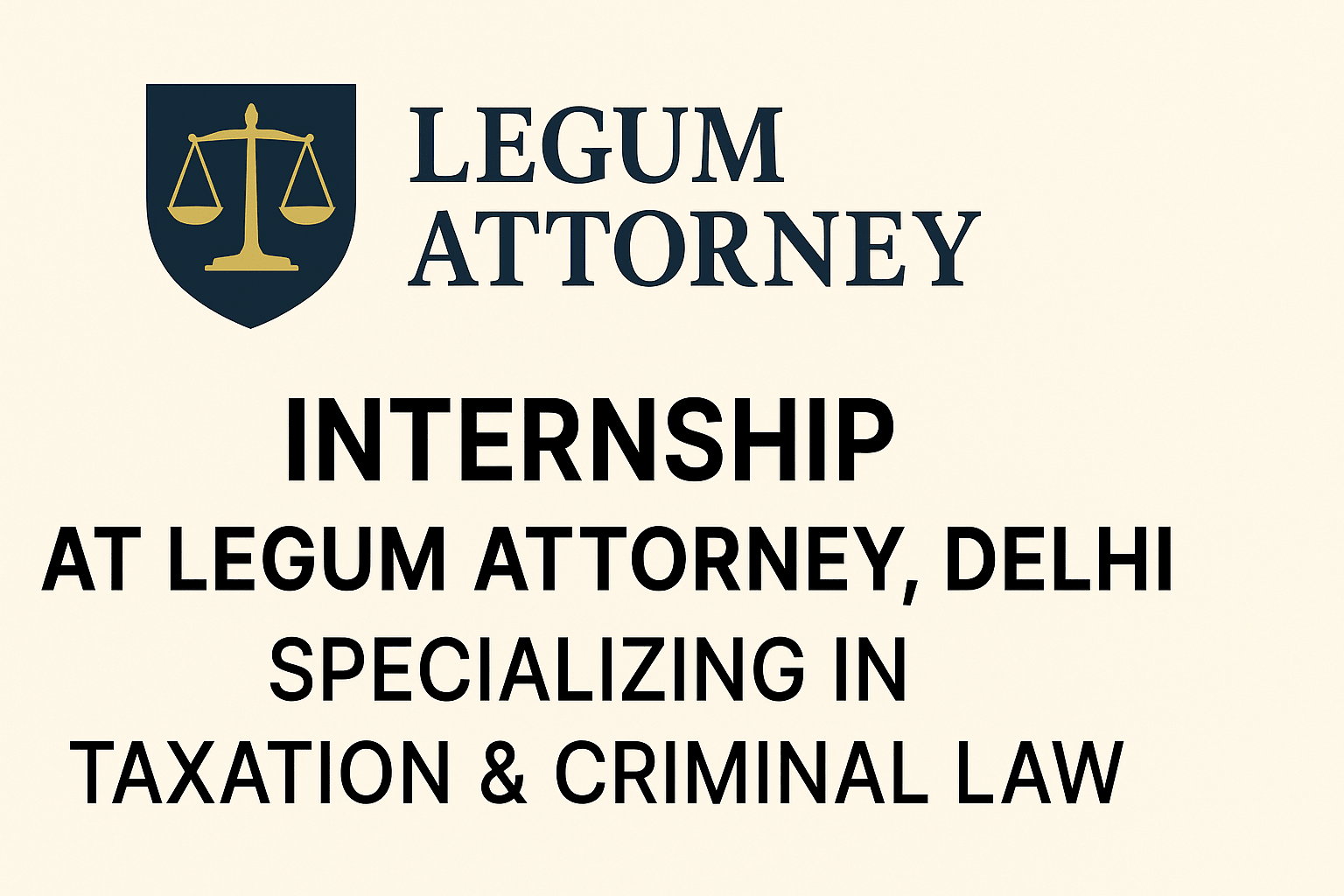Salmond Pigeon Hole Theory of Law of Torts
Pigeon hole theory is one of the very profound theory in the field of law especially, in the law of torts. This theory is given Salmond. There were many different theories regarding tortuous liability different person has penned different opinion. But there are two major theories which are based on the basic principle of liability in the law of tort or torts.
• Wider and narrower theory: under this theory, all the wrongs that are committed by one party to another is considered to fall under the law of tort. Without any proper and legal justification.
• Pigeon hole theory: many such torts are present which does not fall under the liability of torts.
Pigeon Hole Theory or Salmond’s theory of the law of torts
According to Salmond if one person commits any wrong and that wrong can be placed in a pigeon hole or he opined that there is no general principle and if the plaintiff can by any mean put that wrong in the pigeon-hole which has all the labelled torts, then the plaintiff could succeed.
He also states that the way criminal law has certain offences which are clearly listed similarly torts law should also have certain injuries that are legally verified and justified. There is no general principle in case of torts neither in one or another case.
According to him, there are only certain well defined wrongs that are to be listed as torts and are confined in small box called pigeon hole. He is against the idea of generalizing tort as the law of tort. He further states that any wrong which falls under the well-constructed definition of trots only for those wrongs, the remedy will be available. For more significantly explaining the theory he compared torts with pigeon hole, where each wrong are mentioned under smaller holes such as Negligence, Assault, Battery, Deceit, Slander. And if any wrong does not fit under these holes then those are not torts.
Many people say that confining this law of torts when it is expanding at an exponential rate is not just. This statement is evident from the case of Donoghue V. Stevenson. Where a snail was found at the bottom of the ginger bottle and a complaint was lodged against the seller. However, since the injury could not be foreseen so the owner was not held liable instead the manufacturer was made liable for the negligence. And a new set of the rule was framed that everyone should love their neighbors and should not favors any work that harms their neighbors.
Also Read: RESPONDEAT SUPERIOR- Legal Maxim
In defense, to above statement, Salmond states that just as criminal law has certain listed and well-defined offences similarly law of tort also has certain defined injuries’, there is no justified principle either in one or another case. Salmond encouraged the concept of law of torts rather that law of tort.
Supporters of this Theory.
Salmond’s theory was favored by Jenks who said that Salmond did not restrict the court to create new torts, every new wrong created by the court should have qualities similar to already existing torts and must fall under the definition setup to be called torts. In the 17th edition, Salmond’s Editor has pointed out that all the critics to this theory have not understood and Salmond being misunderstood as he did not ask the court to stop or did not closed the pigeon’s hole for further upcoming wrongs.
Winfield theory of the law of torts.
According to the theory of torts, as given by Winfield, there is no division in law of torts every action. In other words, each and every word not only those which are specified but also those which are included are termed under the law of torts. Winfield has developed this and compared it with the tree which has several branches and everything is covered under it.
It is also imagined that society develops at an exponential rate and the crime is increasing day by day. A very famous case of Mexico called Schmitz V. Smentowsk that tort is created as prima facial as a remedy and it is said in the above-mentioned case that all the wrong are tort only if they fall under the category and qualify the criteria decided for any wrong to fall under the case.
The Prima Facia torts as prescribed courts are:-
- The intention of injuring the plaintiff.
- None availability of justification.
- Injury to the plaintiff
- Defendant does an intentional act.
These are also called the general principles of torts. And these are the conditions which when qualified, the plaintiff can file a prima facia complaint against any tort being committed. There exist no hard and fast rule that every case get fits under the pigeon hole.
Further, there are many cases evolving in the meantime, these are certain cases that support the Winfield theory of torts.
• Pasley V. Freeman:- concept of deceit is covered under this case.
• Lumley V. Gye:- the concept of inducement and breach of contract is dealt under this case.
• Winsmore V. Greenback:- inducement of wife to leave his husband.
• Roland V. Fletcher:- strict liability is wealth under this case.
Thus, the decided cases are against the proposition advanced by Salmond because the courts undoubtedly have the power to recognize a novel claim if justice so requires, although the process may take time.
Reception of law of torts in India.
Winfield proposed that “ every injury is a tort unless justified”, whereas Salmond said that “ no injury can be said to be tort until or unless they satisfy the condition of pigeon hole”. That’s why the book explaining this concept of tort written by Winfield is called ‘law of tort’, whereas book by Salmond is called ‘law of torts’.
The concept of “law of torts” has emerged in England. The main aim of this law is to provide a remedy to the person whose rights has been infringed. It is also the second hand of criminal justice by awarding exemplary damages. This concept has been a famous and secured place in the United States and the United Kingdom and many different countries. But still, it is a growing branch if the tree and still developing in India. This tort is active in litigation, Judiciary and people.
Criticism
As this theory has already been criticized, there are still many mindful people and they are still questioning the future development in the field of law.
References.
- https://www.legalservicesindia.com/article/1716/Pigeon-Hole-Theory:-Aspects-of-Criticism.html.
- https://www.legalserviceindia.com/legal/article-396-is-it-law-of-tort-or-law-of-torts.html.
- https://www.legalbites.in/pigeon-hole-theory/.
- https://www.academia.edu/31587945/TOPIC_Distinguish_between_Pigeon-hole_theory_from_Utility_theory_for_tortious_liability.







